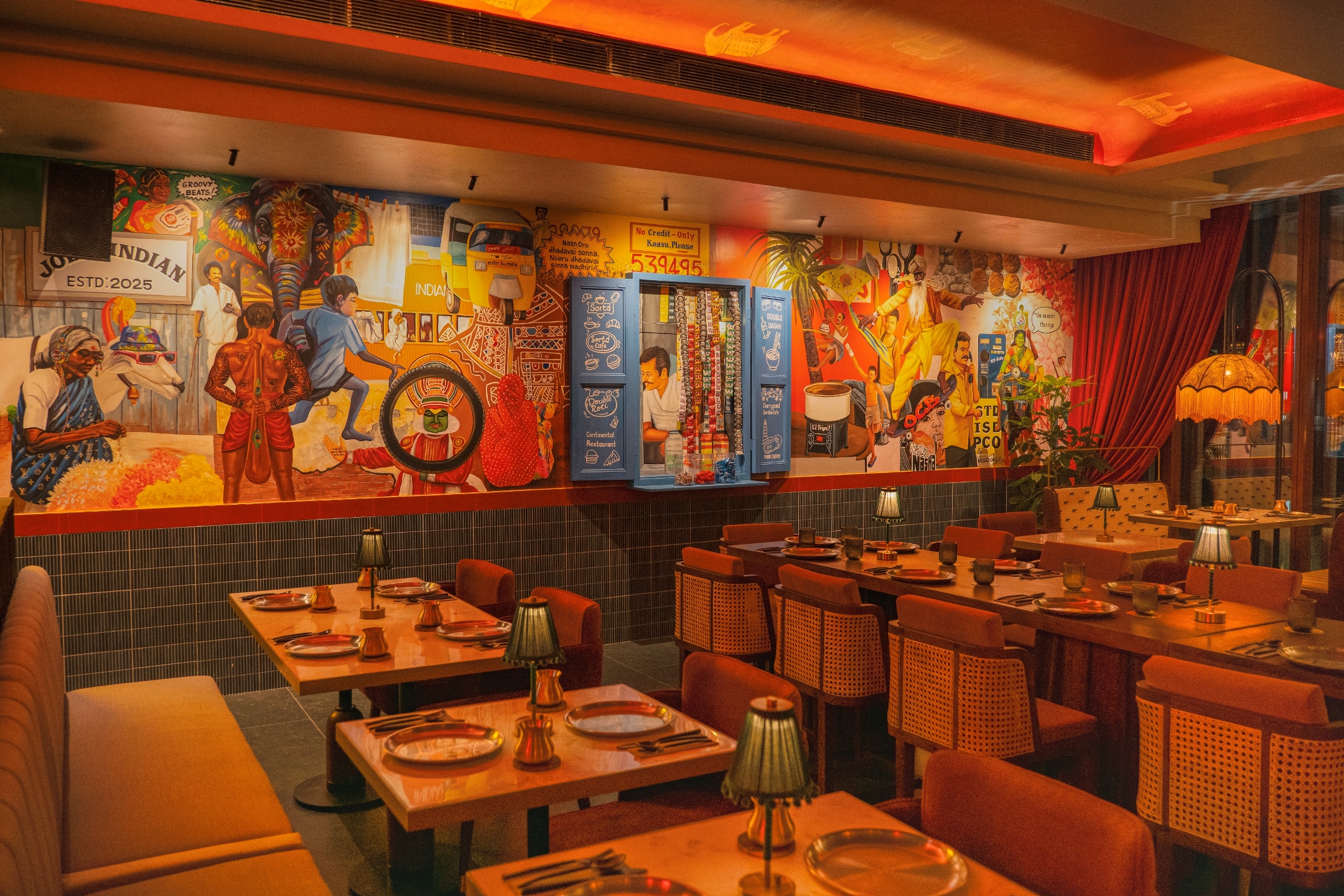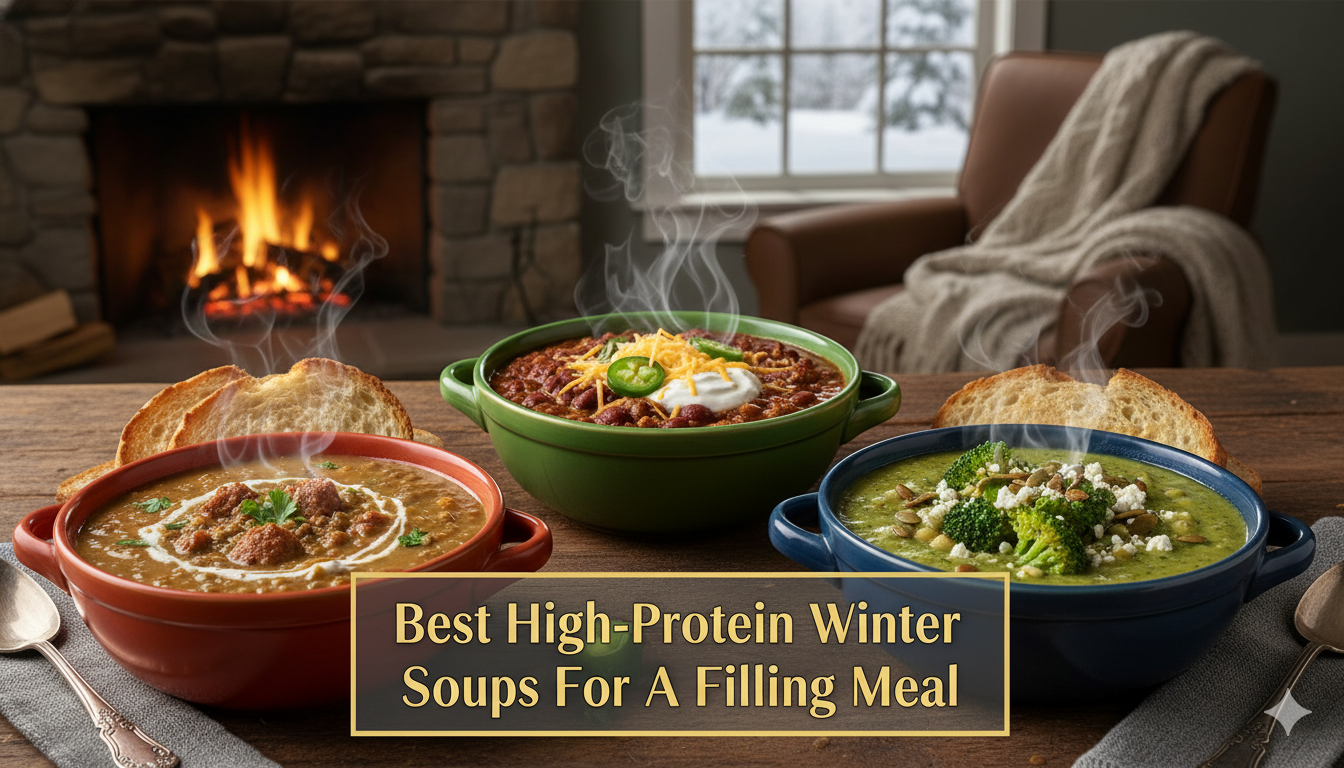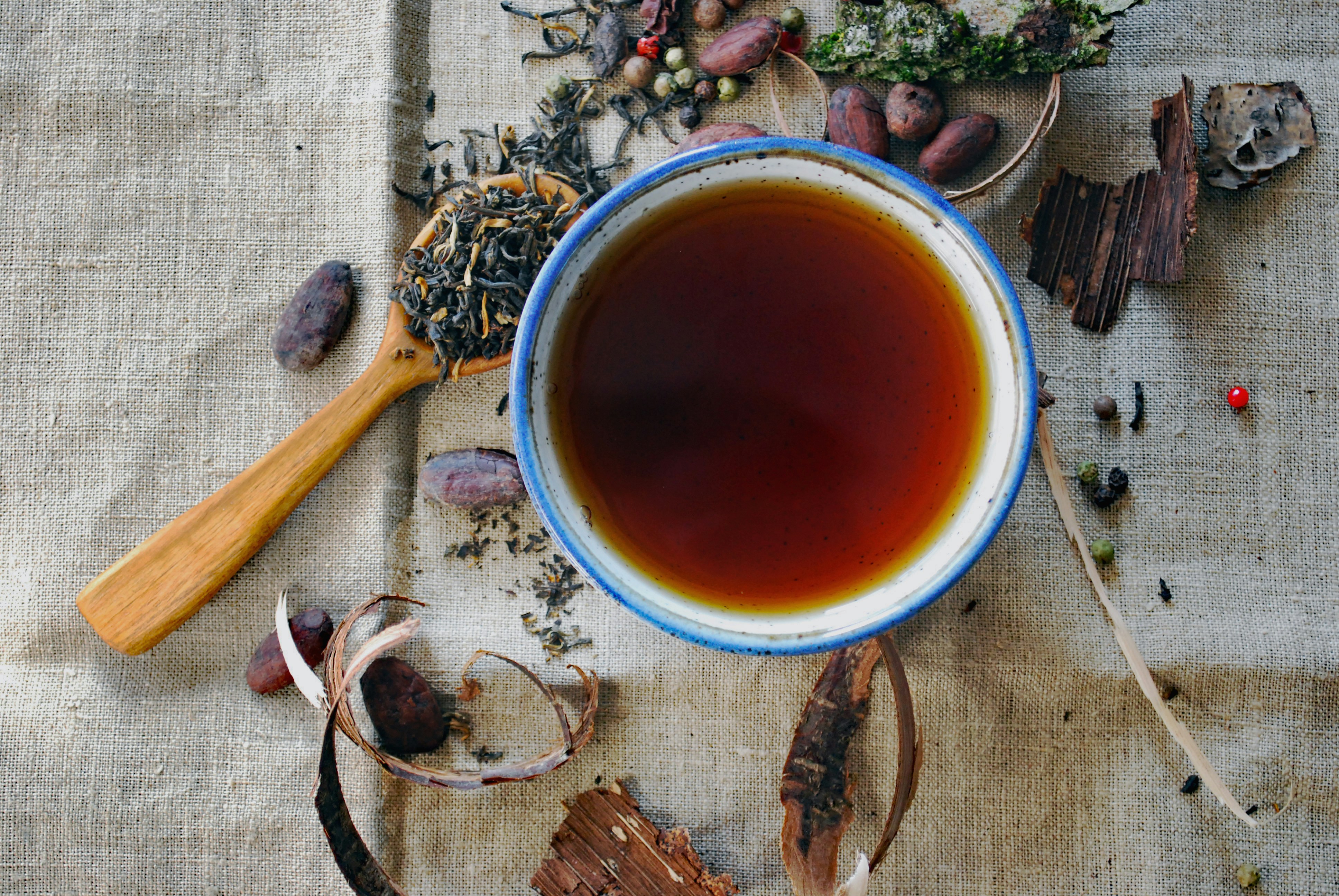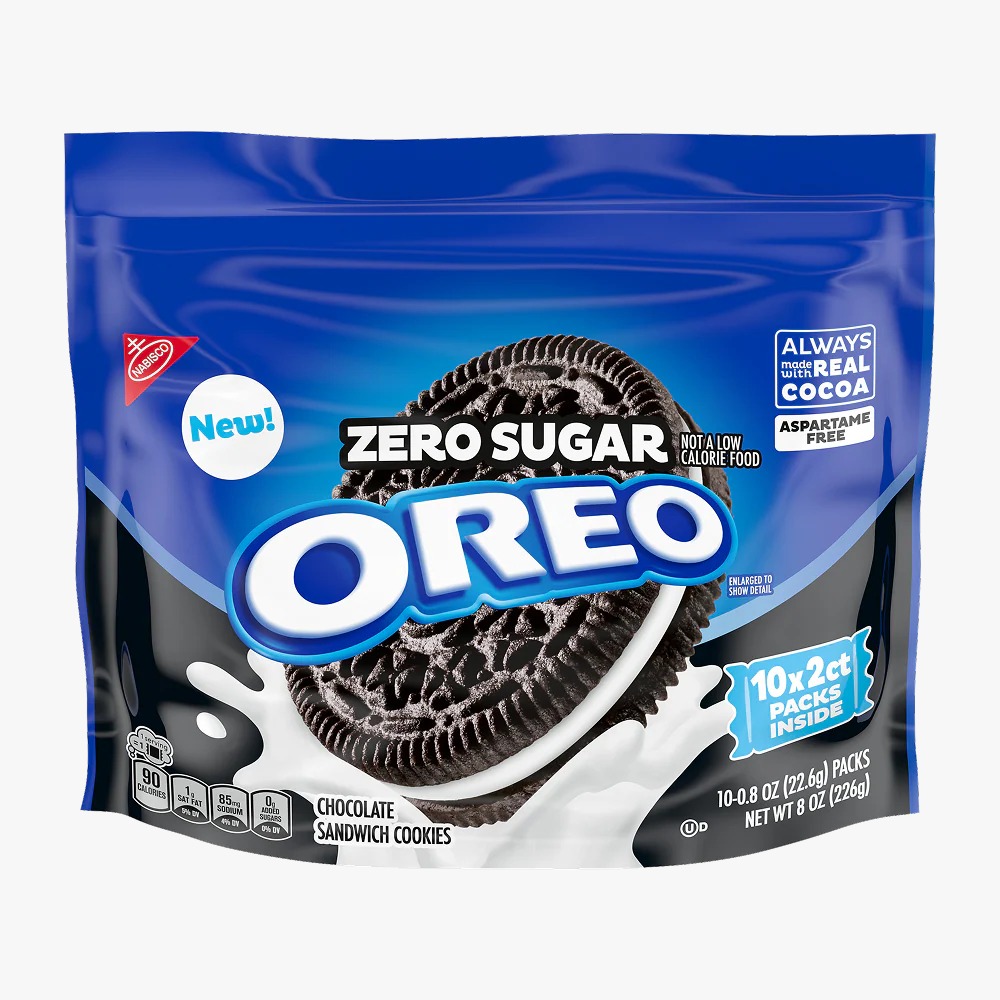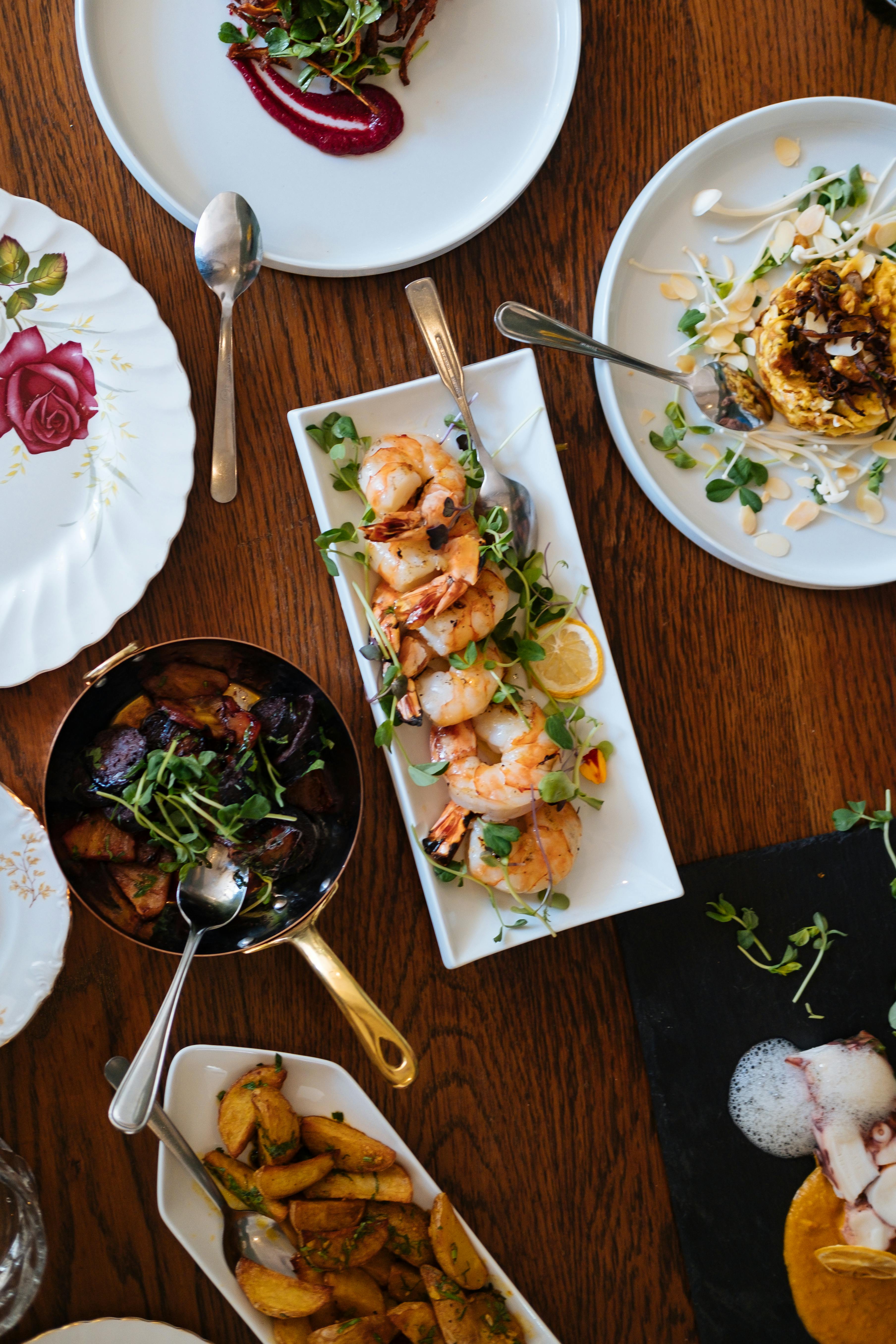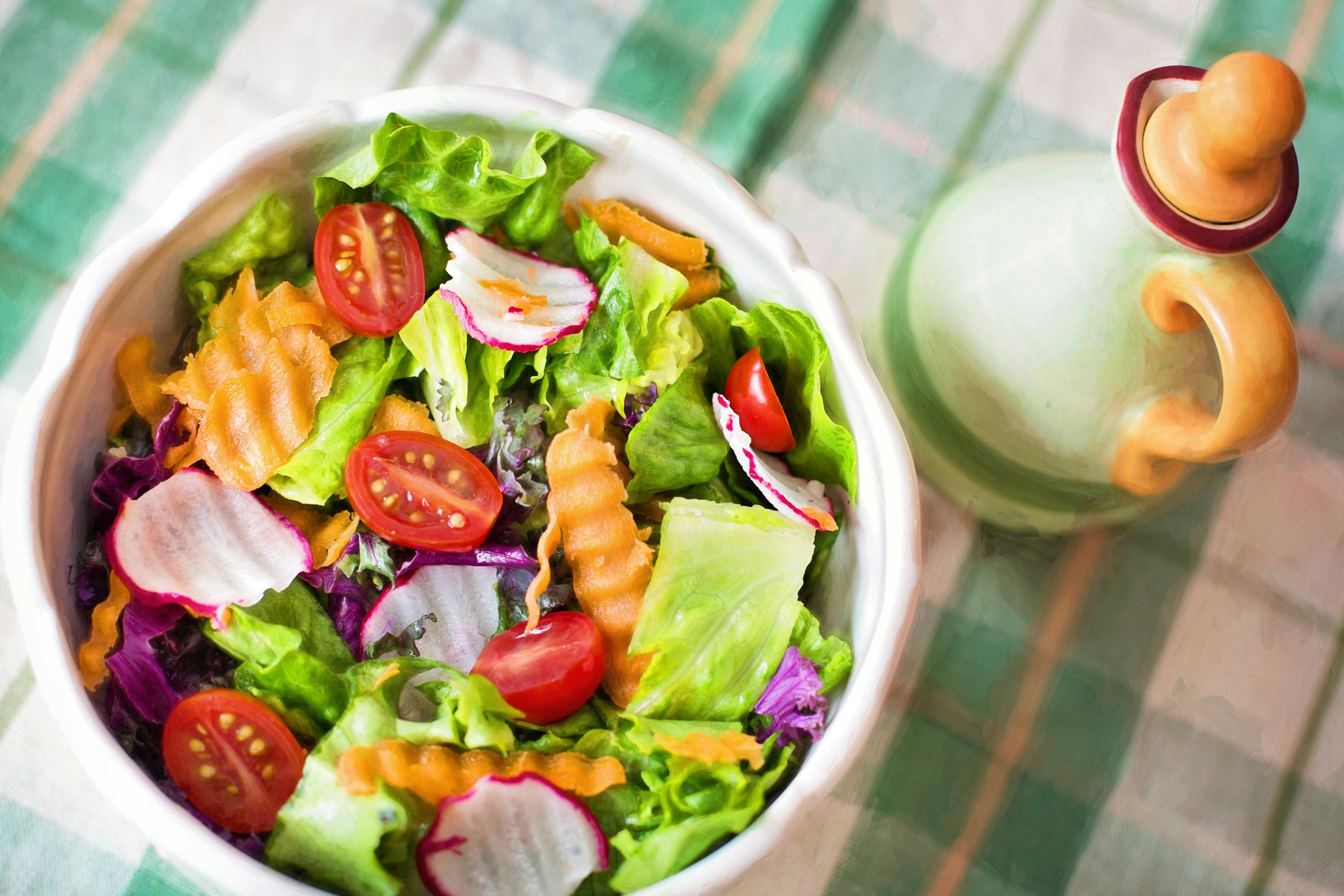In the midst of anxiety brought on by uncertainty and despair, somehow food has always been my saviour. More pertinently comfort food! From the gooey goodness of mac-n-cheese to a bowlful of Alphonso mango chunks enrobed with fresh cream, I make sure to dispel the funk by indulging in my favourite foods. But there is one perennial comfort food classic that has seen me through everything from examination stress, relationship issues and yes, these days, the lockdown blues. I'm talking about the almost halwa-like breakfast and tea time treat of sheera. Generally made with rava (sooji or semolina), pure ghee, milk and sugar-all jazzed up with a sprinkling of nuts, sheera is as popular here in Maharashtra as it is in neighbouring Gujarat and even in far off Tamil Nadu, where it is called kesari.
Now, as much as I love the original rava sheera, I've always experimented with other grains and flours in its preparation. I've tried nachni (finger millet), bajra (pearl millet), quinoa and most successfully, rajgira. Often dubbed the 'Royal Grain' here in India, thanks to the parts of its name where 'Raj' means royal and 'Gira' means grain, and in the West, it is known and loved as amaranth - the latest superfood.
Also Read: How Does Besan Ka Sheera Help In Curing Cold And Cough

Sheera is as popular in Maharashtra as it is in Gujarat and even in far off Tamil Nadu.
Rajgira is an ancient grain that is not just rich in protein (with nearly double the amount found in rice or corn), but it is also an impressive source of magnesium, calcium and vitamin C. It also helps that rajgira is perfect for those with gluten sensitivity and intolerance. What's more, rajgira is high in phosphorus, a mineral that is important for bone health. It's also rich in iron, which helps your body produce blood.
In Maharashtra, a sheera made with rajgira comes under the 'farali foods' category. What this implies is that people eat sheera on Hindu vrat (fasting) days like Ekadashi, Shravan Somvar, Navratri, Shivratri, Janmashtami Ganesh Chaturthi as this grain is smooth on the stomach to digest. It also makes for the perfect offertory or naivedya dish to Gods and deities.
For my healthy spin on rajgira sheera, I have used the highly nutritious and naturally sweet A2 milk and ghee that come from the special breed of long-eared Gir cows. To make it even tastier and yes, healthy, I have substituted processed white sugar with the earthy-tasting dark coloured palm jaggery. I have ended by garnishing the sheera with Omega 3-rich walnuts for crunch and texture.
Here's to both health and happy days we all so desperately need and deserve!
Rajgira Sheera with Jaggery and Walnuts
Recipe by Raul Dias

Rajgira Sheera
Ingredients:
- 1/2 cup rajgira flour
- 1/4 cup pure ghee
- 1 cup milk
- 1/4 cup dark palm jaggery
- 1/4 cup chopped walnuts (plus 2-3 halved for garnish)
Method:
1. Heat ghee in a kadai and add rajgira flour, roasting well on slow flame and stirring continuously to avoid sticking.
2. Meanwhile, in a saucepan, add milk and jaggery. Mix well and bring to boil on slow flame till the colour gets a bit dark and the mixture releases aroma.
3. When the ghee starts to separate from the flour, add chopped walnuts.
4. Gradually add milk and jaggery solution, stirring continuously to avoid lumps.
5. Once the flour absorbs all the liquid, the sheera will leave the sides of the pan.
6. Cook until ghee separates.
7. Turn off the flame. Garnish with some walnut halves and serve warm.
About Raul DiasA Mumbai-based writer, Raul is an ardent devotee of the peripatetic way of life. When not churning out his food and travel stories at a manic pace, he can be found either hitting the road for that elusive story or in the company of his three dogs!


